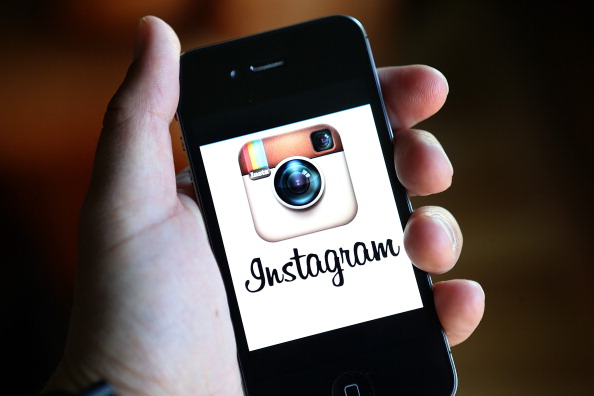
Almost all people are now familiar with Instagram, and most netizens already have their own personal accounts. While others have used it as a platform for social networking, a new study has gone beyond that purpose. A team of researchers have used Instagram to monitor the drinking patterns of teenagers.
Photos and texts in Instagram offer pieces of information about the people nowadways. Teenagers, in particular, have become more open about sharing their personal views (both likes and dislikes) as they ride along with what seems to be the mainstream.
Researchers from the University of Rochester have utilized such social media behavior. They believe that teens are also open at sharing their alcohol consumption experience in social media. Data acquisition in Instagram did not only provide them the faster and cheaper means of knowing the patterns of underage drinking but also gave them clues regarding which alcohol brands are much favored in a certain demographic group.
The researchers used computer vision techniques to select users both in terms of age and how appropriate they are to become subjects. Social media tags associated with the users' profile pictures were extracted to accurately determine their age, sex, and race. After selecting the right sample population, the researchers then monitored their drinking activities and the alcohol brands they follow using the tags of the photos they shared in the site.
With the data gathered, they found that underage alcohol consumption happens more on weekends and holidays and at the end of the day. They also found that different alcohol brands are followed in varying degrees and in different genders. Such finding can help people working with underage drinkers provide preventive intervention to better control their consumption of alcohol.
"There are several ways we can go about doing that," says Jiebo Luo, professor of Computer Science in UR, in a press release. "We can keep government agencies or schools better informed and help them design interventions. We could also use social media to incorporate targeted intervention and to measure the effect of any intervention. And perhaps other things we haven't thought about."
Researchers present their study at the 2015 IEEE International Conference on Big Data in Santa Clara, California.
